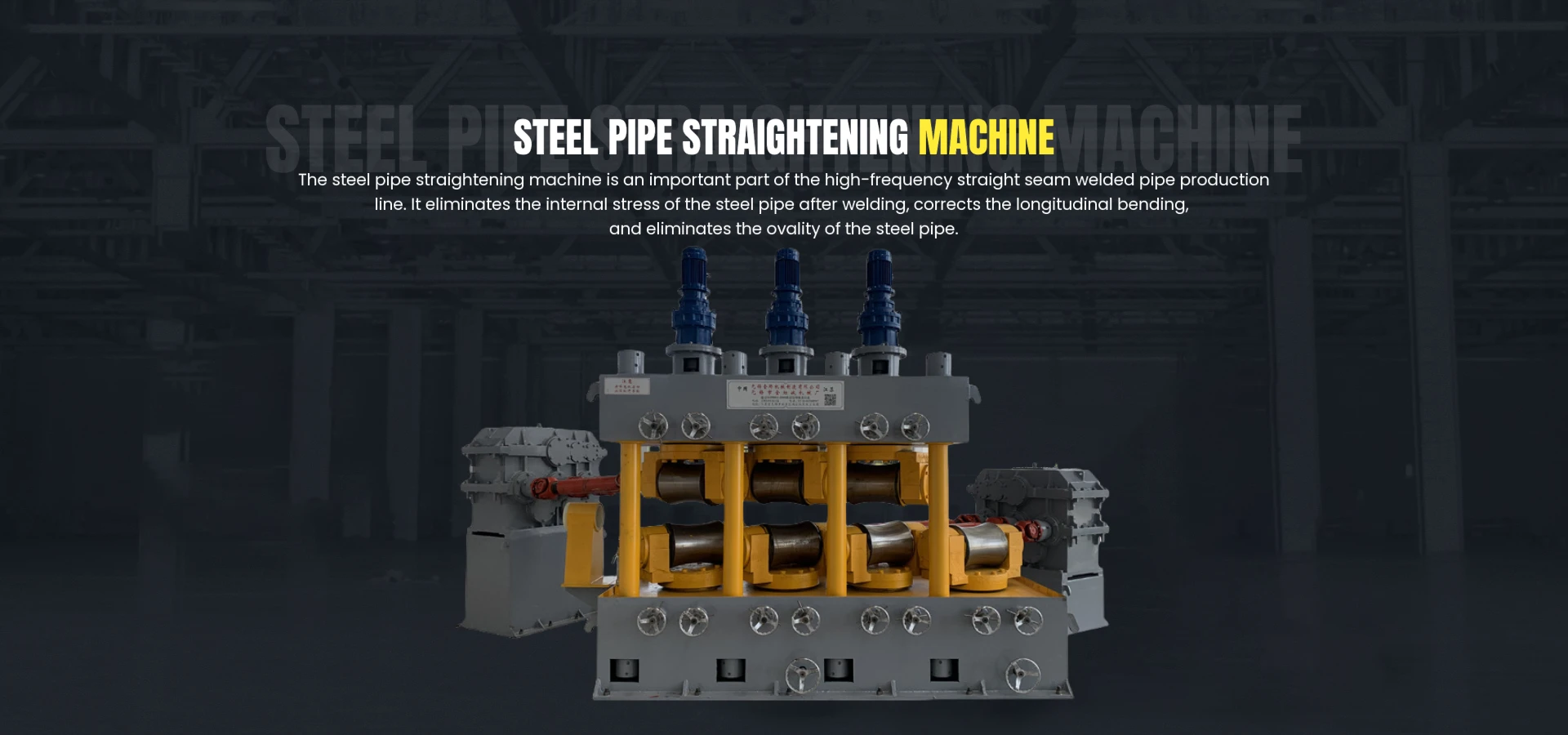Techniques and Best Practices for Welding Pipes in Construction and Manufacturing
The Art and Science of Pipes Welding
Pipes welding is an intricate process that plays a critical role in various industries, including oil and gas, construction, plumbing, and manufacturing. This essential technique involves joining two or more sections of piping together to create a fluid-tight seal that can withstand significant pressure and temperature fluctuations. Understanding the methods, materials, and best practices associated with pipes welding is crucial for ensuring safety and efficiency in any project.
Methods of Pipes Welding
There are several welding methods used for pipes, each with its advantages and specific applications. The most common techniques include
1. TIG Welding (Tungsten Inert Gas Welding) Known for its precision and cleanliness, TIG welding uses a non-consumable tungsten electrode to produce the weld. This method is ideal for thin-walled pipes, such as stainless steel, since it allows for better control and a lower risk of contamination. Though it requires skilled labor, the resulting welds are often stronger and more aesthetically pleasing.
2. MIG Welding (Metal Inert Gas Welding) MIG welding is faster than TIG and is suitable for both thin and thick pipes. Using a continuously fed wire electrode, MIG welding creates a stable arc that allows for higher productivity. It's commonly employed in industrial applications where speed is critical. However, it may not provide the same level of precision as TIG welding.
3. Stick Welding (Shielded Metal Arc Welding) This traditional method uses a consumable electrode coated in flux to join metal pieces. Stick welding is versatile and can be used in various conditions, including outdoor applications, but it requires more cleanup due to slag production. This method is commonly employed in repair work and fabrication of thicker pipes.
4. Submerged Arc Welding Often used in large diameter pipes, submerged arc welding involves creating an arc beneath a blanket of granular flux. This technique is known for its high deposition rate and deep penetration, making it suitable for heavy-duty applications. However, it requires specialized equipment and may not be ideal for all types of pipes.
Choosing the Right Materials
Selecting the appropriate materials is critical to the success of pipes welding
. The choice of metals, filler materials, and protective gases all influence the strength and durability of the weld. Common materials used in pipes welding include- Carbon Steel Widely used due to its strength and cost-effectiveness, carbon steel requires careful preparation and the right filler material to prevent issues like cracking.
pipes welding

- Stainless Steel Known for its corrosion resistance, stainless steel is often used in food processing, chemical, and pharmaceutical industries. The welding process for stainless steel requires specific techniques to avoid contamination and maintain its corrosion-resistant properties.
- Aluminum Lightweight and resistant to corrosion, aluminum pipes are commonly found in applications such as automotive and aerospace. Welding aluminum typically requires specialized equipment and techniques due to its thermal conductivity and reactivity.
Best Practices for Pipes Welding
To ensure high-quality welds, several best practices should be followed
- Proper Preparation Clean the surfaces to be welded to remove contaminants such as oil, rust, and paint. Use appropriate tools to ensure that edges are beveled for a better fit.
- Adequate Joint Design Determine the appropriate joint design based on the type of pipe, material thickness, and the anticipated pressure. Proper joint design helps to distribute stress and improve the integrity of the weld.
- Control Environmental Factors Welding in controlled environments minimizes the risk of contamination and variations in temperature and humidity, which can affect the welding outcome.
- Continuous Training for Welders Investing in continuous education and training for welders helps to ensure that they keep up with the latest techniques and safety standards. Skilled welders are essential for producing high-quality, reliable joints.
Conclusion
Pipes welding is a complex but essential process that requires a blend of technical skill, material science understanding, and adherence to safety regulations. As industries continue to evolve and technological advancements emerge, staying informed and skilled in pipes welding will remain critical for ensuring project success and safety. Whether it's in a bustling construction site or a quiet manufacturing plant, the integrity of welded pipes is paramount to the efficacy of operations and systems that rely on them.
-
High Frequency Straight Seam Welded Pipe Production Line-BzZhou Xinghua Machinery Equipment Manufacturing Co., LTD.|Precision Welding, High EfficiencyNewsJul.30,2025
-
High Frequency Straight Seam Welded Pipe Production Line|BzZhou Xinghua|Precision Welding&EfficiencyNewsJul.30,2025
-
High Frequency Straight Seam Welded Pipe Production Line - BzZhou Xinghua|Precision Engineering&EfficiencyNewsJul.30,2025
-
High-Frequency Straight Seam Welded Pipe Production Line-BzZhou Xinghua Machinery Equipment Manufacturing Co., LTD.NewsJul.30,2025
-
High-Frequency Straight Seam Welded Pipe Production Line-BzZhou Xinghua Machinery Equipment Manufacturing Co., LTD.|Precision Manufacturing, High EfficiencyNewsJul.30,2025
-
High Frequency Straight Seam Welded Pipe Production Line-BzZhou Xinghua Machinery Equipment Manufacturing Co., LTD.|Precision Steel Pipe Manufacturing&Industrial EfficiencyNewsJul.29,2025


